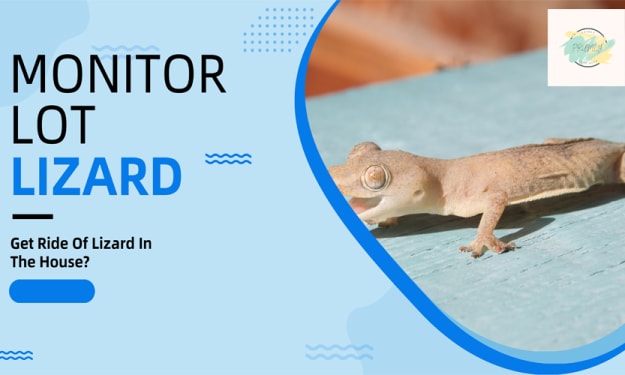The Shocking Truth Behind Your Favorite Foods
Strange and Gross Facts About What You Eat

We often enjoy our favorite foods without a second thought, blissfully unaware of the strange and sometimes unsettling processes involved in their production. From vomit crab sticks with a hint of insect flair to fancy coffee beans that have been pooped out by animals, the reality of how these foods come to our table might make you rethink your grocery list. Let’s dive into the bizarre world of food production and uncover some hidden secrets.
- Honey
The next time you drizzle honey on your waffles, remember that this sweet delight is the product of some rather gross teamwork among bees. Honey is essentially bee vomit. It starts with nectar, which bees gather from flowers and store in their crop, also known as the honey stomach—a sort of pre-digestion chamber. After a long day, a bee returns to the hive and regurgitates the nectar into another bee’s mouth. This process, reminiscent of a strange game of hot potato, continues as the nectar passes from bee to bee, each one adding digestive enzymes. Once the nectar is sufficiently sweetened and partially digested, it’s deposited in the honeycomb.
However, the nectar is still too watery, so the bees fan it with their wings to evaporate the excess moisture. Once the consistency is right, they seal it with a gooey substance from their bellies that hardens into beeswax, creating a honey vault. So, the golden sticky goodness we love is essentially a collaborative effort of bee vomiting and wing flapping.
- Chewing Gun
It’s ironic how we’re disgusted by finding hair in our food at a restaurant, yet we chew on something that relies heavily on hair for its production. Chewing gum gets its chewy texture from lanolin, a waxy secretion from sheep’s sebaceous glands. Lanolin helps keep sheep’s wool and skin waterproof, akin to human sebum—the greasy substance that makes your hair oily.
Lanolin is often not explicitly listed on chewing gum packets, as companies are not always required to disclose all ingredients. If the idea of chewing on sheep’s oily secretions grosses you out, opt for vegan gum. You might also want to check your skincare products, as lanolin is a common ingredient in creams and lotions.
- Gummy Candies: A Gelatinous Secret
Those colorful, wobbly gummy bears, worms, and cola bottles you love have a dark secret. Gummy candies are made from gelatin, which is derived from boiling animal parts like skin, tendons, ligaments, and bones—usually from pigs or cows. Sometimes, fish skin and scales are also used. The goal is to extract collagen, a protein that strengthens tissues and gives candy its chewy texture.
This process has been in use since the 1860s. If the thought of eating candies made from animal bits is unappetizing, consider gummies made from agar-agar, a plant-based gelatin substitute derived from seaweed. However, even this might not be appealing to everyone.
- Imitation Crab: The Hot Dog of the Sea
Imitation crab, also known as surimi, is often referred to as the “hot dog of the sea” because it’s made from a mixture of fish scraps, starches, and flavorings. This concoction is ground, mixed, and shaped into familiar crab sticks. Despite the industrial-sounding process, surimi has ancient origins in East Asia, where fishermen used leftover fish bits to create a budget-friendly seafood alternative.
To give imitation crab its vibrant color, manufacturers often add red food coloring. Some brands use carmine, a dye made from crushed cochineal insects. These tiny bugs are squished to produce a bright red color, a practice dating back to the 16th century. Today, carmine is found in various foods and drinks, including ice cream, strawberry milk, maraschino cherries, and imitation crab.
- Coffee
Fancy a cup of coffee? Before you answer, consider if it’s kopi luwak, one of the rarest and most expensive coffees in the world. This Indonesian coffee is produced in a rather unconventional way. It starts with the Asian palm civet, a small mammal that eats ripe coffee cherries. The cherries pass through the civet’s digestive system and are eventually excreted. The undigested coffee beans are then collected, cleaned, roasted, and brewed.
The fermentation process inside the civet’s stomach supposedly gives kopi luwak its unique flavor. While some consider it a delicacy, the idea of drinking coffee made from beans that have been pooped out by an animal is off-putting to many.
- Orange Juice: A Chemical Concoction
Oranges might seem straightforward, but the orange juice you buy from the supermarket has a hidden story. Despite claims of being 100% pure, store-bought orange juice often undergoes processes that strip away its natural flavor. To extend shelf life, manufacturers remove oxygen from the juice, causing the natural flavor to disappear. To compensate, they add flavor packs made from chemical copies of orange essence and oil.
Moreover, pesticides sprayed on orange skins can find their way into the juice when whole oranges are processed. These chemicals can have harmful effects on the nervous system. To enjoy fresh and healthy orange juice, squeeze your own oranges. It’s a bit more work, but the result is a pure, additive-free beverage.
Conclusion
The journey from raw ingredients to the foods we love is often more complex and surprising than we realize. While these revelations might be unsettling, they also offer an opportunity to make more informed choices about what we consume. Whether it’s opting for plant-based alternatives, checking labels more carefully, or even making some foods at home, there are ways to enjoy your favorite treats without the ick factor. So, next time you’re at the grocery store, take a moment to consider the stories behind your food and decide what you’re truly comfortable putting on your plate.
About the Creator
Enjoyed the story? Support the Creator.
Subscribe for free to receive all their stories in your feed. You could also pledge your support or give them a one-off tip, letting them know you appreciate their work.





Comments
There are no comments for this story
Be the first to respond and start the conversation.